Want to try tea for the first time but don’t know what taste experience it will offer you?
With so many loose leaf teas out there, each has its own secret map of flavors waiting for you to discover.
Just like how personalities vary in your friend circle, teas also have their unique vibes.
It’s all about the geography – yes, terroir, that fancy word wine enthusiasts throw around.
Tea can have different tasting notes and flavor profiles from sweet and salty to astringent and zesty.
The flavors come from where the tea is produced, the variety of it (think of it as their DNA), how it’s handled and processed, and whether it’s in cahoots with other herbs and spices.

How to Taste Tea
Tasting tea is more than just a quick sip. Here’s how you can feel the flavors right on your tongue!
1. Choose Your Tea
Before the tea-tasting adventure begins, select your tea du jour!
Whether it’s a familiar favorite or an exciting new blend, the key is to brew what makes your taste buds tingle with anticipation.
2. Examine Your Tea Leaves
Take a closer look at your tea leaves or blend. Notice their shape, size, and color.
Are they tightly rolled, long and twisted, or delicately cut? A visual examination can sometimes hint at the taste that lies ahead.
3. Prepare Your Tea
Now it’s time to work your tea-making magic.
Brew your tea with hot water, but be patient; allow it to cool just a bit.
We want those flavors to sing, not get drowned in a tea tempest.
4. Examine the Liquor
As the tea leaves infuse their magic, take a moment to observe the liquor – that’s the fancy word for the brewed tea.
Admire its color and clarity.
Is it a deep amber, a bright green, or a rich ruby red?
The liquor’s hue can offer a glimpse into the taste journey about to unfold.
5. Sniff It
Before you take that first sip, bring the tea close to your nose and take a good whiff of its delightful aroma.
Pause for a moment and let the scents transport you – it could be a stroll through a blooming garden, a cozy visit to grandma’s kitchen, or an exotic journey through a vibrant spice market!
6. Sip It Up
When it comes to tasting tea, don’t be shy – take a bold and satisfying slurp!
By doing so, you’ll awaken the flavors and allow them to bloom all over your taste buds.
However, let’s make sure the tea stays where it belongs – in the cup and not on your shirt!
7. Feel the Flavors
As the tea dances on your tongue, relish the delightful medley of flavors.
Does it caress your senses with a floral symphony, surprise you with a subtle sweetness, or perhaps, enchant you with an intriguing blend of other tea taste notes?
8. Enjoy the Aftertaste
After sipping, take a moment to savor the aftertaste.
Does it leave you with a gentle, lingering sweetness or a captivating crescendo of spices?
9. Detective Time
Now, it’s time to put on your flavor detective hat!
Compare your tasting notes and ponder over the familiar tastes you’ve discovered.
Feel free to come up with creative names for them too – it’s your tea-tastic adventure, after all.
10. Experiment with Temperature
Want to explore more?
Try brewing the tea at different water temperatures and see how it affects the flavors.
Also read – The Art of Tea Ceremony
Tea Flavor Profiles: How to Describe Tea Flavors
When it comes to describing tea flavors, you’re essentially creating a poetic palette of tastes that tantalize the senses.
So, let’s break it down into a simple flavor playbook to guide you through this aromatic adventure:
1. Floral
To describe a floral tea, think about the fragrant beauty of a blooming garden. Notice the delicate and sweet notes of flowers, like jasmine, rose, lavender, or hibiscus, that gracefully infuse the tea.
For example, a Jasmine Green Tea taste has the essence of blooming jasmine flowers, offering a delightful floral experience in every sip.
2. Nutty
When you taste a nutty tea, imagine the comforting aroma of roasted nuts.
Notice the warm, toasty flavors, resembling almonds, hazelnuts, or chestnuts.
For instance, a Genmaicha tea, with its blend of green tea and roasted brown rice, creates a nutty and savory taste that is sure to please.
3. Buttery
To describe a buttery tea, think of the smooth, velvety taste that glides over your palate.
Like a gentle buttery touch, it adds a creamy richness to your cuppa.
An example is a Tie Guan Yin Oolong, known for its buttery and floral character, offering a luscious and satisfying sip.
4. Sweet
A sweet tea is like a delightful treat for your taste buds.
Picture the taste of honey or sugarcane, adding a kiss of sweetness to your sip.
A delightful example is a White Peony White Tea, with its natural sweetness and delicate floral notes that make it a soothing and satisfying choice.
5. Spicy
For a spicy tea, imagine a flavorful adventure for your palate.
Think of hints of cinnamon, ginger, cardamom, or peppercorn that spice up your cup.
An exemplary spicy tea is a Chai Black Tea, with its invigorating blend of spices, creating a bold and fiery taste experience.
6. Smoky
To describe a smoky tea, envision the cozy ambiance of a campfire.
The smoky taste gently wraps around the tea, adding a warm and comforting essence.
An example of a smoky tea is Lapsang Souchong Black Tea, with its distinct smoky aroma and flavor, evoking memories of a crackling hearth on a cool evening.
7. Fruity
When you taste a fruity tea, imagine a burst of juicy goodness on your tongue.
It’s like savoring the essence of ripe fruits – apples, peaches, berries, or other fruity delights.
An example could be a Berry Herbal Tea, bursting with the flavors of mixed berries, creating a vibrant and refreshing fruity delight.
8. Oceanic
To describe an oceanic tea, think of a fresh sea breeze.
It might have hints of seaweed or sea minerals that whisk you away to the seaside.
An example is a Sencha Green Tea, with its marine-like flavor, offering a taste reminiscent of a coastal escape.
9. Mineral
For a mineral tea, imagine the essence of earth and rock.
Picture the subtle taste of minerals, grounding and natural.
An example could be a Sheng Pu-erh Tea, with its earthy and mineral-rich taste, offering a deep and satisfying connection to nature.
10. Earthy
When you taste an earthy tea, think of nature’s embrace.
It might remind you of the aroma of freshly turned soil or the scent of a forest floor.
An example is a Matcha Green Tea, with its grassy and earthy notes, offering a unique and invigorating taste.
11. Grassy
To describe a grassy tea, imagine a stroll through a lush meadow.
Picture the green and fresh notes, like a taste of nature’s greenery.
A classic example is a Dragonwell Green Tea, with its smooth and grassy flavor, offering a taste of springtime meadows.
12. Vegetal
For a vegetal tea, think of the freshness of garden-fresh vegetables.
Notice notes like spinach, asparagus, or artichoke, adding a healthy and green twist.
An example is a Gyokuro Green Tea, with its sweet and vegetal taste, offering a refreshing and rejuvenating sip.
13. Herbaceous
To describe an herbaceous tea, envision the aroma of an herb garden.
Think of fresh and soothing herbal notes, like mint or chamomile.
An example could be a Lemon Verbena Herbal Tea, with its bright and herbaceous flavor, creating a calming and revitalizing tea experience.
14. Body
When describing the body of a tea, focus on how it feels on your palate.
Notice if it’s light and delicate, like a graceful dancer, or full-bodied and robust, like a bold weightlifter.
An example of a full-bodied tea is an Assam Black Tea, with its strong and robust taste, offering a bold and energizing cup.
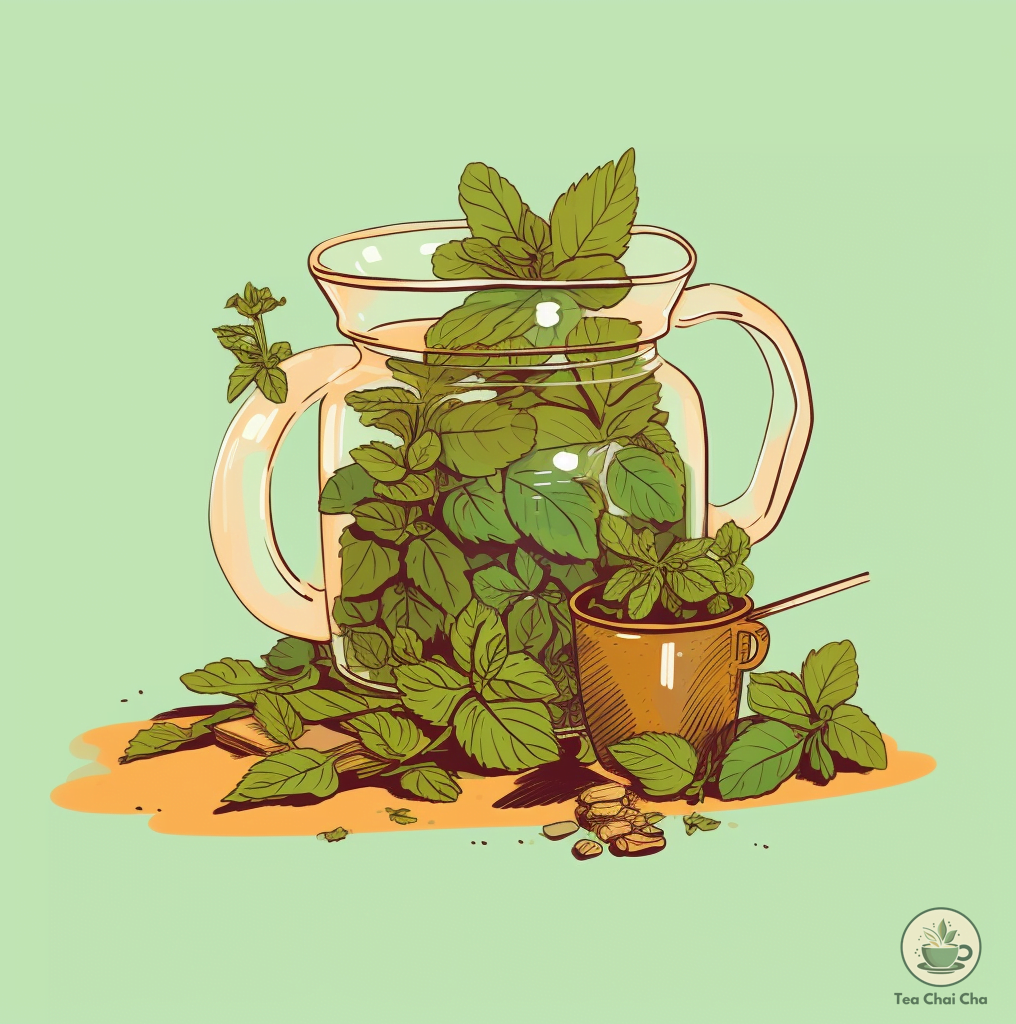
What Determines a Tea’s Taste and Flavor?
Tea has a taste journey as diverse as the stars in the night sky.
But what exactly shapes the flavors that dance on our taste buds?
1. Terroir
Like a fingerprint, the region where tea plants grow leaves a distinct mark on their taste. The tea region, soil, altitude, and climate all play a role in crafting the tea’s flavor symphony.
2. Varietal
Just as different grape varieties create various wines, tea comes in many types too. From Camellia sinensis to Assamica, each tea plant family adds its charm to the flavor palette.
3. Growing and Harvesting
The care and expertise of tea farmers matter!
The time of harvest and the way leaves are plucked contribute to the nuances of taste.
4. Processing Methods
The tea-making process, whether it’s withering, rolling, oxidizing, or firing, adds its magical touch to the final flavor.
It’s like an artisanal craft of taste.
5. Blending
Sometimes teas go on flavor adventures together!
Blending different teas, herbs, or spices can create delightful taste fusions.
6. Water Quality
Yes, even the water you use plays a part!
The mineral content and temperature of water influence how tea infuses and tastes.
7. Brewing Time and Temperature
Tea is sensitive to time and temperature – steep it too long, and it might turn bitter, but a perfect steep brings out the best flavors.
8. Storage
Like fine wine, how you store tea matters.
Proper storage preserves the taste integrity and keeps it fresh for your sipping pleasure.
9. Your Taste Buds
Lastly, don’t forget the most crucial factor – you! Your unique palate perceives flavors differently, making each tea-tasting experience truly personal.
What Do Different Types of Tea Taste Like?
Tea comes in various types, and each one boasts its unique flavor profile.
Here’s a brief taste tour of what to expect from some popular tea varieties:
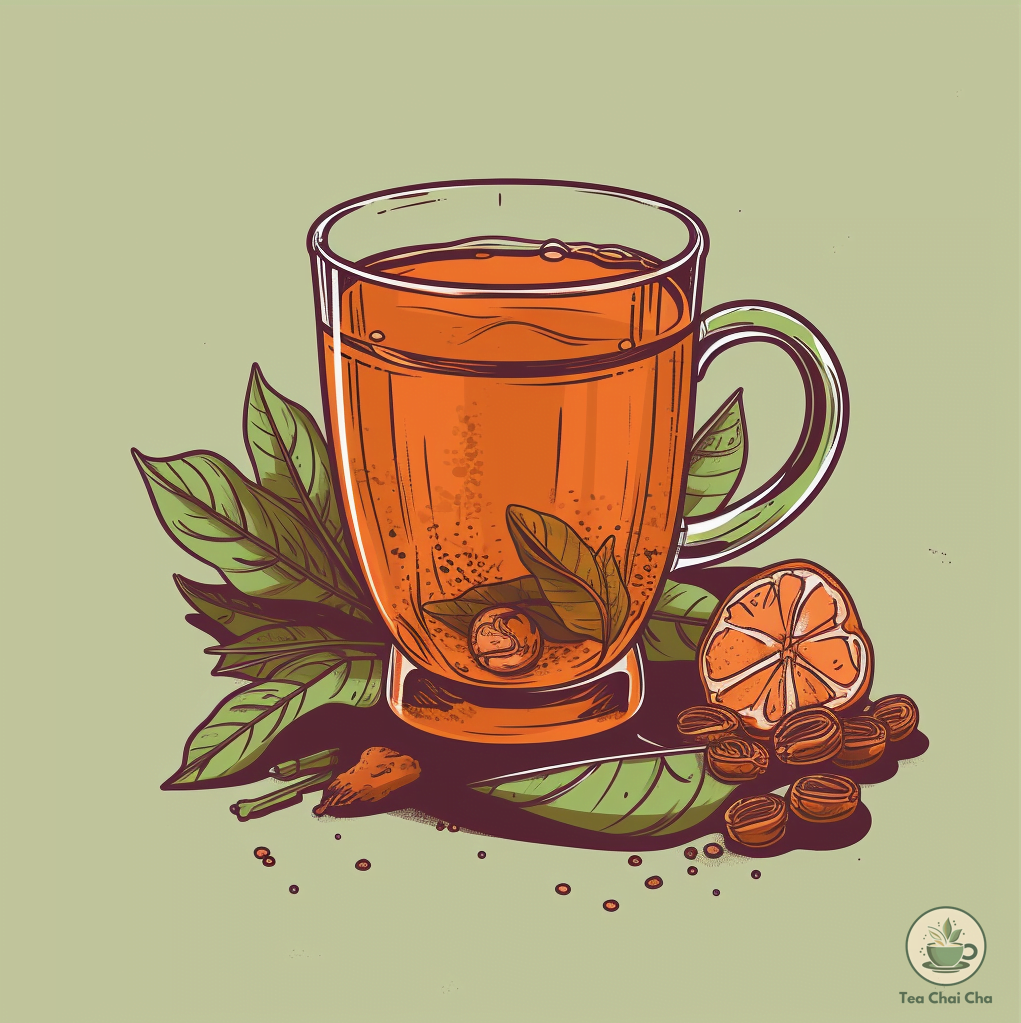
Black Tea Tasting Notes
Bold and robust, black tea holds a rich taste that captivates the senses.
You’ll discover delightful malty or caramel notes dancing on your taste buds.
Black tea tasting notes include:
- Malty: Like a treasure chest of flavor, black tea boasts malty notes that add depth and richness to every sip.
- Caramel: Black tea may surprise you with a touch of caramel, like a hidden gem waiting to be discovered.
- Fruity: Some black teas reveal fruity undertones, like a burst of tropical fruits on the high seas.
- Spice: Brace yourself for a spicy twist. Black tea can delight with hints of spice, adding an adventurous kick to your cup.
- Bold: As sturdy as a seasoned sailor, black tea has a strong character that sails straight to your taste buds.
Read more – What Does Black Tea Taste Like?
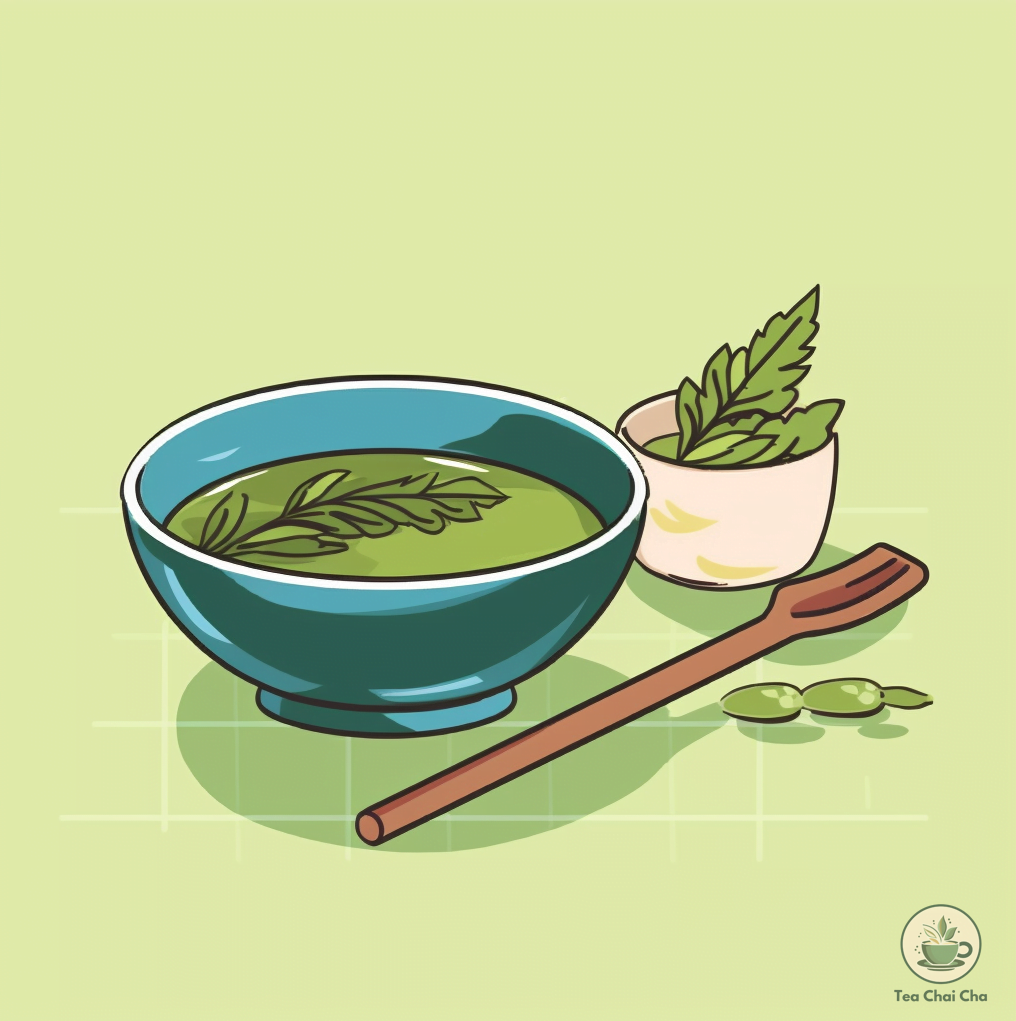
Green Tea Tasting Notes
Fresh and invigorating, green tea delights with its earthy essence.
Its flavor palette ranges from refreshing and vegetal to nutty, with a gentle sweetness that soothes the soul.
Green tea tasting notes include:
- Grassy: The fresh, grassy notes of green tea transport you to a peaceful meadow, where nature’s essence fills the air.
- Earthy: Like the rich soil beneath your feet, green tea’s earthy tones ground you in a soothing embrace.
- Nutty: Ah, the surprise of a nutty revelation! Some green teas unveil a delightful nuttiness that adds a delightful twist.
- Vegetal: Embrace the essence of nature! Green tea’s vegetal notes bring the garden to your teacup, creating a refreshing taste experience.
- Gentle: As soft as a gentle breeze, green tea caresses your senses with its light, delicate touch.
Read More – What Does Green Tea Taste Like? Sweet or Earthy?
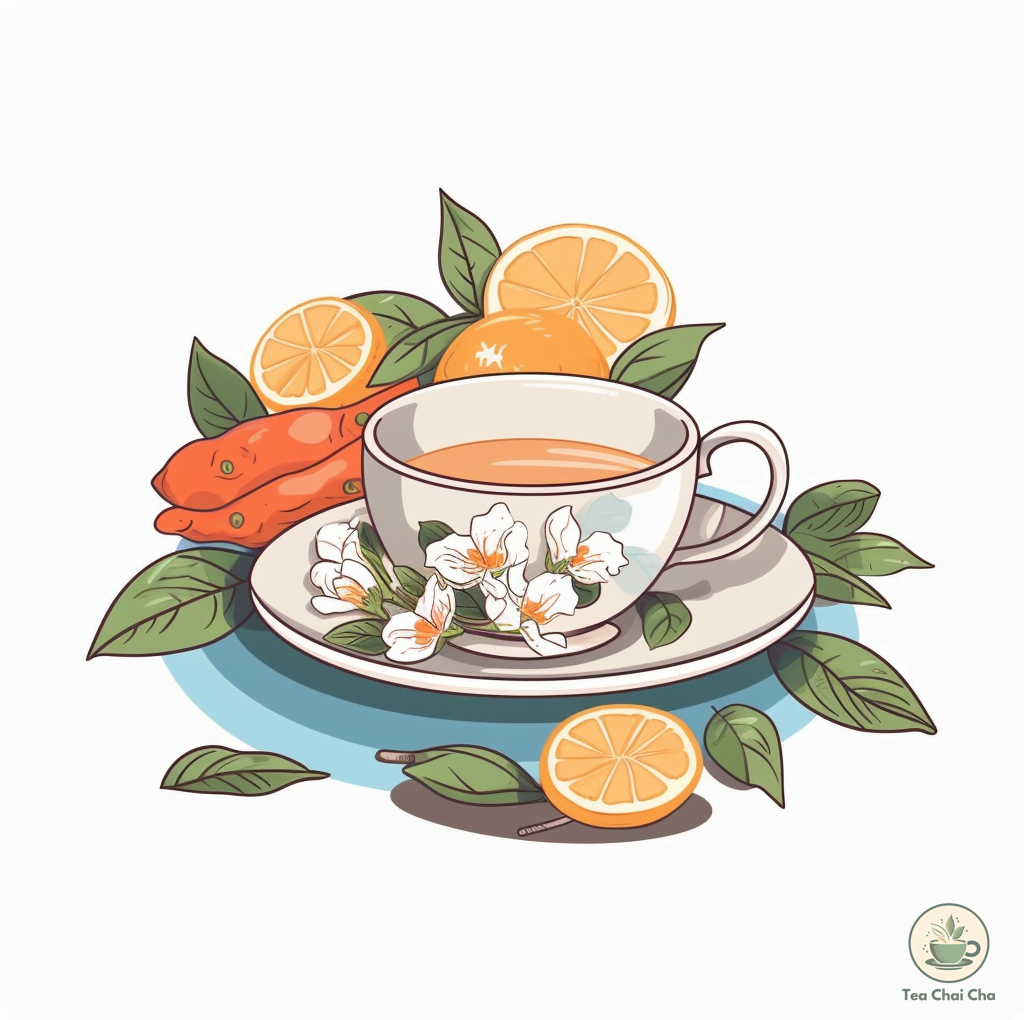
White Tea Tasting Notes
The delicate grace of white tea is like a gentle whisper from the tea gardens.
As you lift your cup to your lips, prepare to experience its ethereal tasting notes:
- Delicate: Like a gentle breeze, white tea caresses your palate with its delicate and subtle taste. It’s a sip of tranquility that soothes the soul.
- Lightly Sweet: Embrace the subtle sweetness of white tea, a hint of nature’s nectar that adds a touch of magic to every sip.
- Floral: White tea’s floral notes bloom like a spring garden, infusing your senses with a symphony of blossoms.
- Grassy: Take a stroll through a verdant meadow with white tea’s grassy undertones, a taste that evokes the serenity of nature.
- Sublime: As if capturing the essence of purity, white tea’s taste is a sublime celebration of simplicity and elegance.
Read more – What Does White Tea Taste Like? – Complete Guide
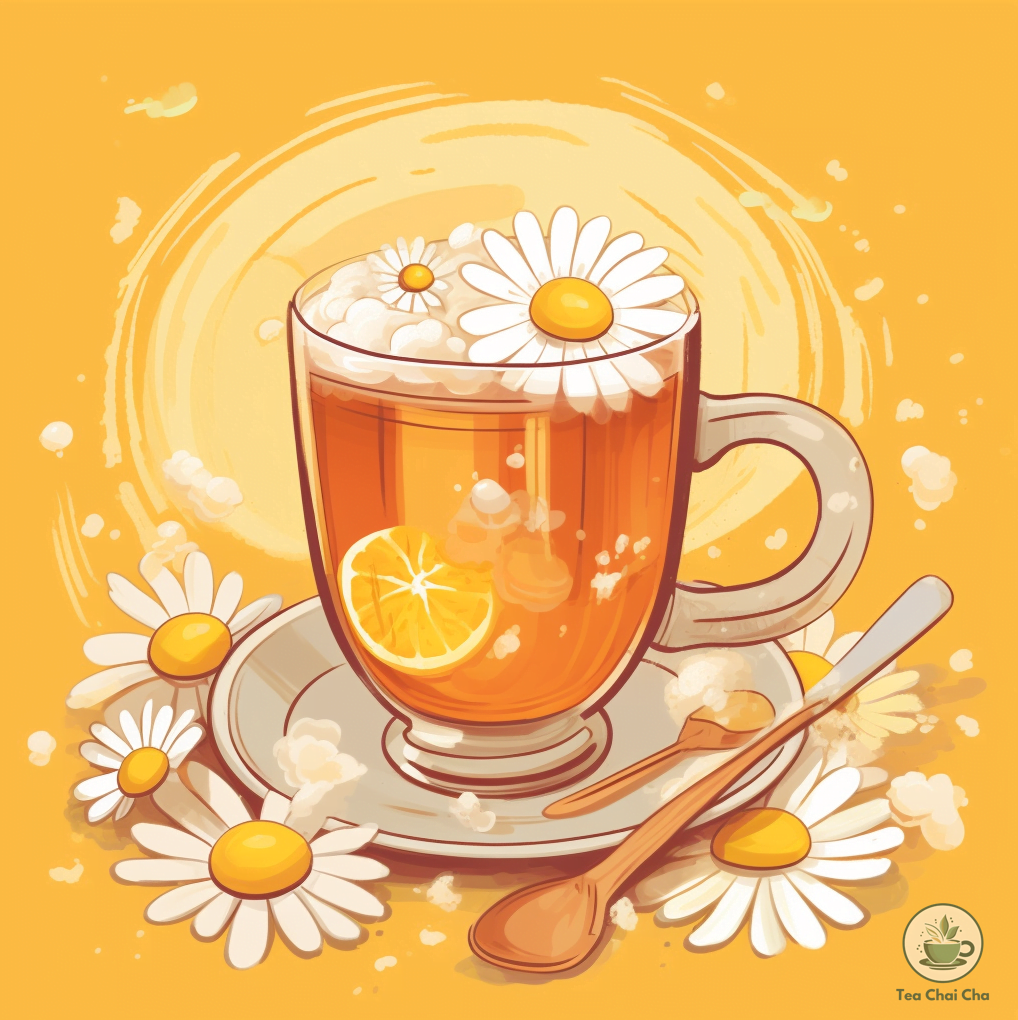
Herbal Tea Tasting Notes
For those seeking a caffeine-free treat, herbal teas come to the rescue with their herbal goodness.
Herbal tea tasting notes include:
- Floral: From enchanting roses to soothing chamomile, floral notes grace your cup with their delicate charm.
- Fruity: The juicy joy of fruity herbal teas is amazing. Be it zesty citrus or luscious berries, a burst of fruitiness awaits in every sip.
- Spicy: Herbal teas with spicy notes add a fiery kick that warms both heart and soul.
- Invigorating: Like a burst of energy, some herbal teas invigorate with their refreshing and revitalizing taste.
- Relaxing: And then, there are herbal teas that bring a sense of calm and relaxation, like a gentle lullaby to soothe your senses.
Read more – What Does Herbal Tea Taste Like? Taste Test of Tisanes!
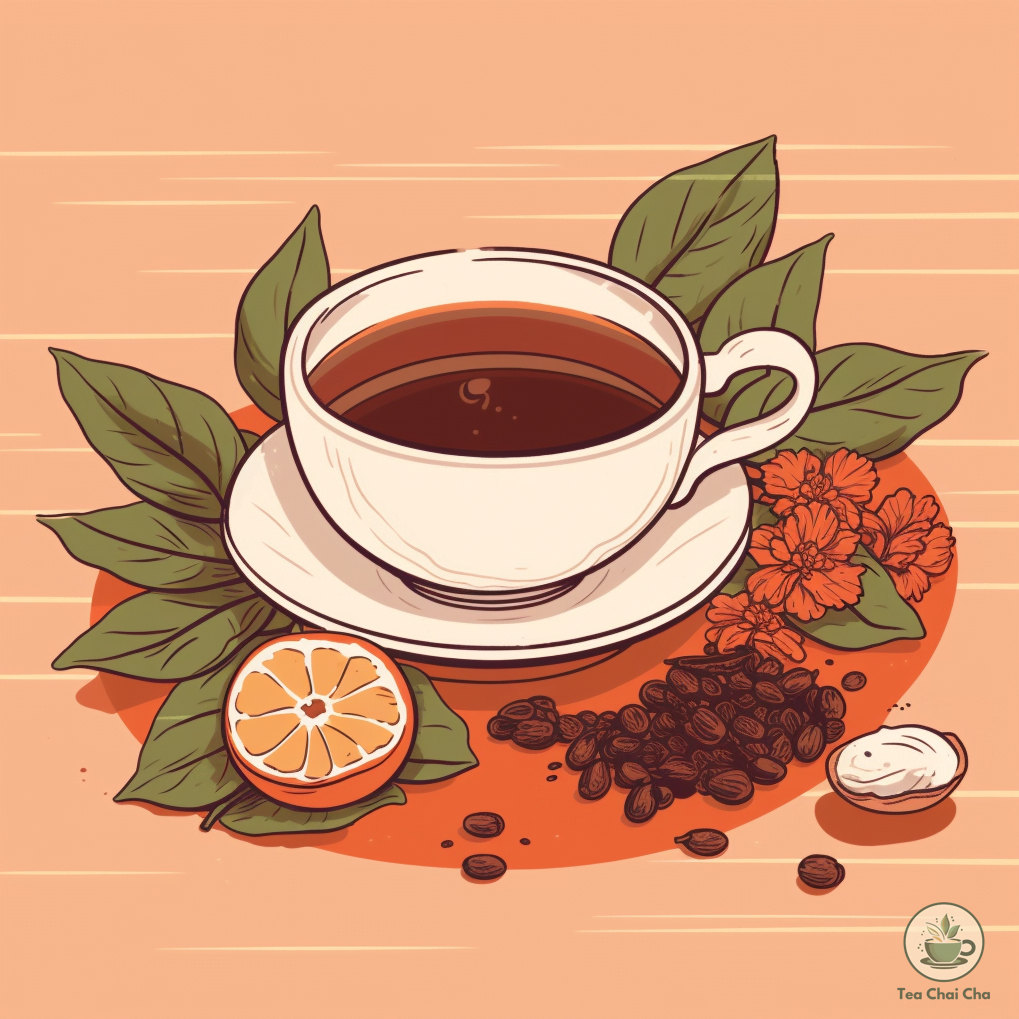
Oolong Tea Tasting Notes
A delightful fusion of black and green tea, oolong tea takes you on a flavorful adventure.
Semi-oxidized, it boasts a harmonious medley of floral and fruity notes, delivering a taste profile that dances gracefully between the worlds of black and green teas.
Oolong tea tasting notes include:
- Floral: Oolong tea’s floral notes bloom like a radiant garden, enveloping your senses with their exquisite charm.
- Fruity: A fruity surprise awaits! Some oolong teas reveal an orchestra of fruitiness, from succulent peaches to juicy apricots.
- Creamy: Prepare for a velvety encounter! Oolong’s creamy notes add a smooth and luxurious touch to every sip.
- Butterfly: It’s like a butterfly dance on your taste buds! Oolong’s delicate sweetness flutters gracefully, leaving a magical taste experience.
- Complex: As intricate as a work of art, oolong’s taste journey unfolds with a captivating complexity that keeps you guessing.
Read more – What Does Oolong Tea Taste Like?
Pu-erh Tea Tasting Notes
Known for its unique earthy essence, Pu-erh tea’s intriguing taste unfolds with every brew, showcasing the beauty of patience and time in tea production.
Pu-erh tea tasting notes include:
- Earthy: Pu-erh’s earthy essence takes you on a journey to ancient forests, where nature’s wisdom weaves its magic.
- Woody: Like a stroll through a wooded wonderland, pu-erh’s woody notes bring a sense of grounded serenity.
- Musky: Embrace the mystery of musky notes, adding an intriguing layer of depth to the pu-erh taste experience.
- Damp Soil: As if you’re unearthing the secrets of the Earth, pu-erh’s damp soil notes are a reminder of nature’s ancient wisdom.
- Mellow: Amidst the rich complexity, pu-erh has a mellow quality that soothes the soul, like a gentle whisper from the past.
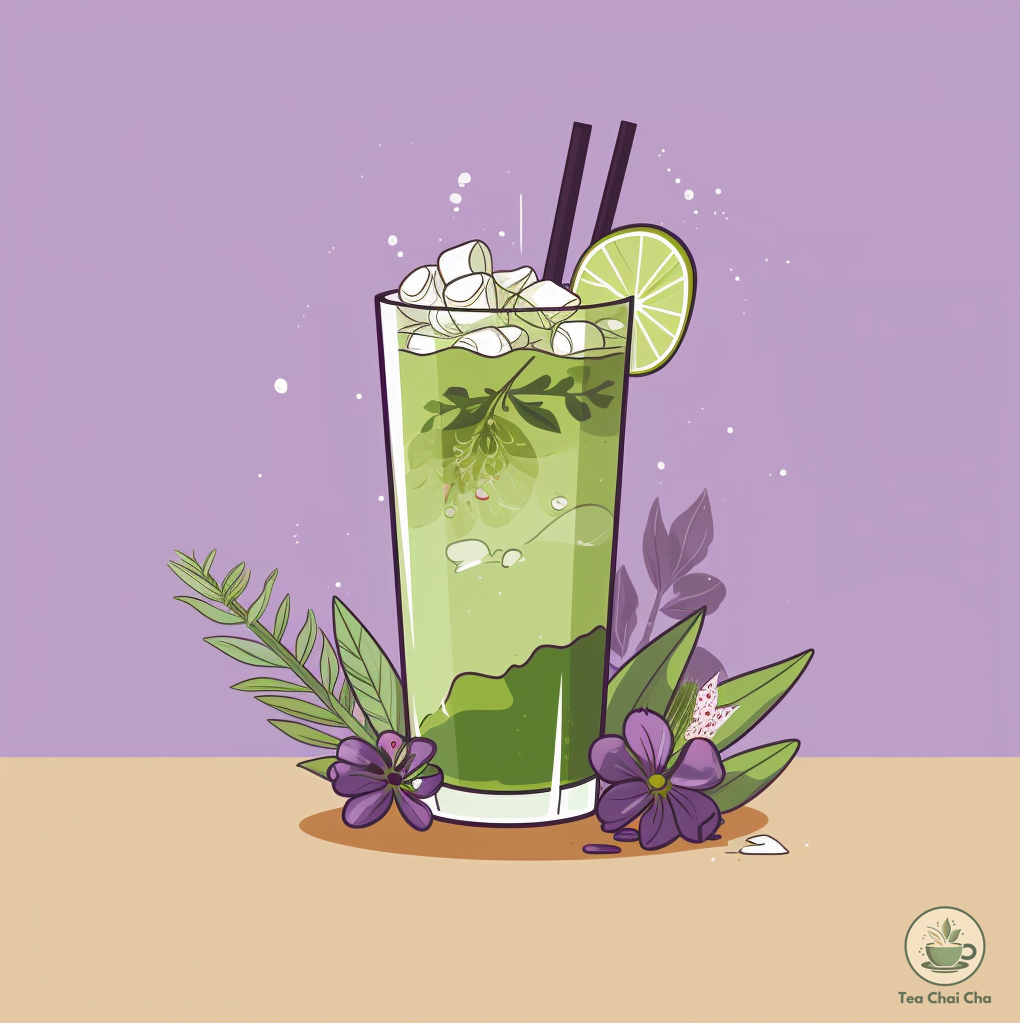
Matcha Tea Tasting Notes
Vibrant and velvety, matcha dazzles with its vivid green hue and distinctive taste.
Matcha tea tasting notes include:
- Vegetal: It’s like having a serene garden in your mouth. Matcha’s vegetal notes are fresh and earthy, as if you’ve taken a walk through a lush tea garden.
- Umami: The elusive umami is the fifth taste sensation that brings an enchanting depth to matcha. It’s that savory undertone that leaves you craving more.
- Sweet: Don’t let the boldness fool you. Matcha can be a sweetheart too. Amidst its robustness, there’s a delicate sweetness that balances the flavors.
- Bitter: Some find a hint of bitterness that adds a fascinating complexity to the taste experience.
- Smooth: The velvety texture of matcha on your palate is delicious. It glides with grace, leaving a silky-smooth sensation that’s simply divine.
Conclusion
Before you go.. let’s ensure your tea-tasting journey continues to brew with excitement.
While we’ve joyously explored the captivating flavors of tea, there’s still a potpourri of delightful knowledge awaiting you in How to Make Tea Taste Better in 10 Ways.
Related Guides on Tea Taste
Are you a fan of milk teas? We got you covered here too!
